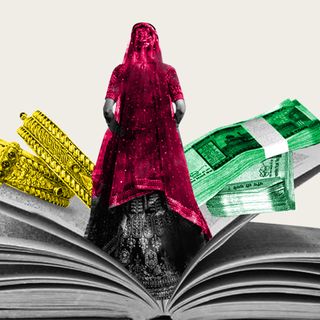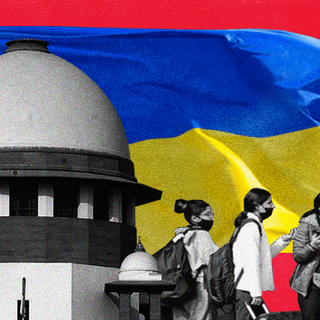More often than not, the citadel of language regularly references the binary between male and female groupings; words and by extension our perception of the world can thus be extremely gendered. This explains the inclination to use gender-neutral words like “individual” or “people” that in theory don’t imply maleness or femaleness. But a new research suggests that even these framings are traditionally associated with men — that when one thinks of a “person,” it is the image of a man that comes to mind.
Researchers at the New York University looked at more than 630 billion words in the English language; parsing over text from almost three billion web pages, analyzing the related context when the words “person,” “people,” or “individual” were used. In the majority of cases, the usage of “person” prioritized men over women — that is, any word synonymous with “person” linked to associated words for men. Their findings were published in the journal Science Advances last week.
“This is the first to study this really general gender stereotype — the idea that men are sort of the default humans — in this quantitative computational social science way,” said Molly Lewis, a psychologist at Carnegie Mellon University, who was not involved in the study.
The findings — which reflect how deeply embedded gender norms are within a language — seem intuitive but still jarring. To think the average human always defaults to a man, even when people attempt to be neutral, indicates a deep rot.
Interestingly, when the researchers also looked for gendered terms implying maleness or femaleness — like “brave” or “giggle” — male bias seemed deeply entrenched. Search requests similar to “brave” were associated with men; stereotypically-female words were all linked with women.
People “tend to think about women more in gender-stereotypical terms, and they tend to think of men just in generic terms,” said psychologist April Bailey, one of the researchers involved in the study. “They’re thinking about men just as people who can do all kinds of different things and thinking about women really specifically as women who can only do gender-stereotypical things.” Outspoken, witty, rational become masculine descriptors; cheerful, accommodating, gullible, gentle, sympathetic become the stereotypical female ones.
Related on The Swaddle:
UN Receives Backlash For Promoting Gender Neutral Language Amid Pandemic
Arguably, the framework of gender-neutral language holds a lot of promise. To avoid word choices that imply one sex or social gender — as the absolute norm — is biased, discriminatory, and exclusionary on a social and individual level. It only makes sense to deliberately substitute “chair” in place of “chairman”; “humankind” for “mankind”; “workforce” for “manpower.”
“The impetus for gender-inclusivity in colloquial speech is still an important goal,” Devrupa Rakshit wrote for The Swaddle in 2020. “Changes in its perceptions and norms are reflected in the language people use. When language serves as our primary medium of expression, it can become a necessary tool for promoting social change, and it must reflect the attitudes our societies aspire to.”
But the research paints a grim picture — male bias still persevers despite attempts to be gender-neutral. The results of the analysis suggest a “fundamental bias in our species’ collective view of itself,” the researchers noted in the paper.
In other words, weeding out gendered bias from our own behavior is a more complex task than we realize. “This is not just what individuals think. It’s like the air that we breathe. It’s in our culture. I’ve been studying [this] for a long time now. [It’s] subtle. I catch myself doing it even though I’m a woman,” said Bailey.
We don’t know how well these biases translate into other languages, but it’s well-documented how most languages — including several Indian ones — are heavily gendered.
This also has implications for how technologies around us, like artificial intelligence tools, are conceptualized. Researchers train language translation websites and chatbots based on the text they glean from the internet; if these words and phrases are themselves defaulting to males, the biases then form an inextricable part of these systems.
“[A.I.] learns from us, and then we learn from it,” Bailey told New Scientist. “And we’re kind of in this reciprocal loop, where we’re reflecting it back and forth. It’s concerning because it suggests that if I were to snap my fingers right now and magically get rid of everyone’s own individual cognitive bias to think of a person as a man more than a woman, we would still have this bias in our society because it’s embedded in A.I. tools.”
When people are men, a culture of ignorance and exclusion dominates. Sadly, it is a culture we know all too well.




